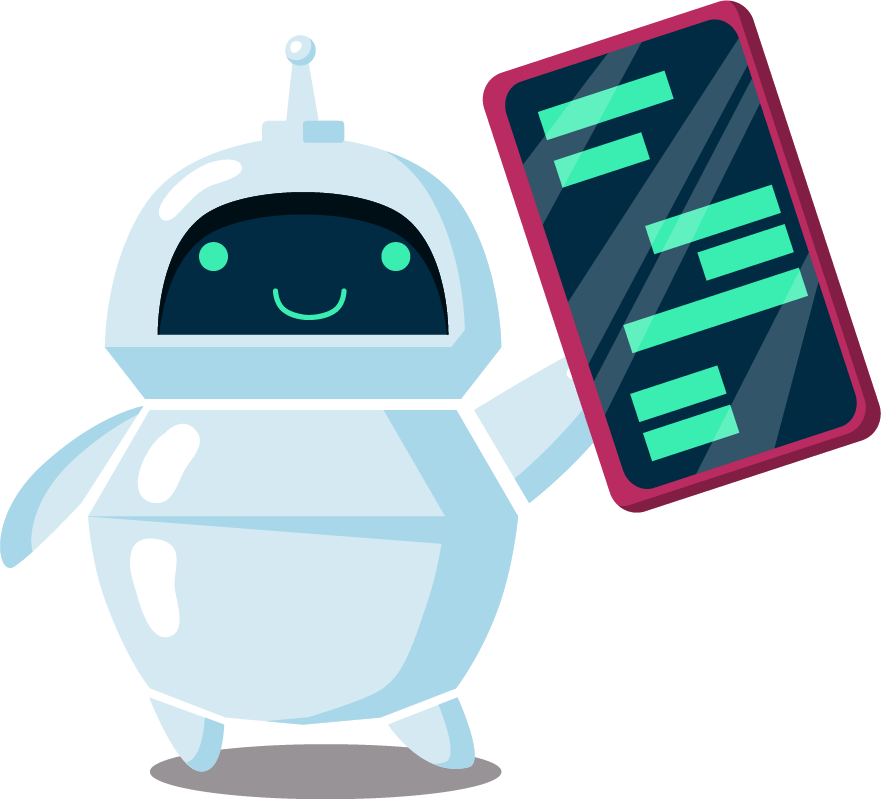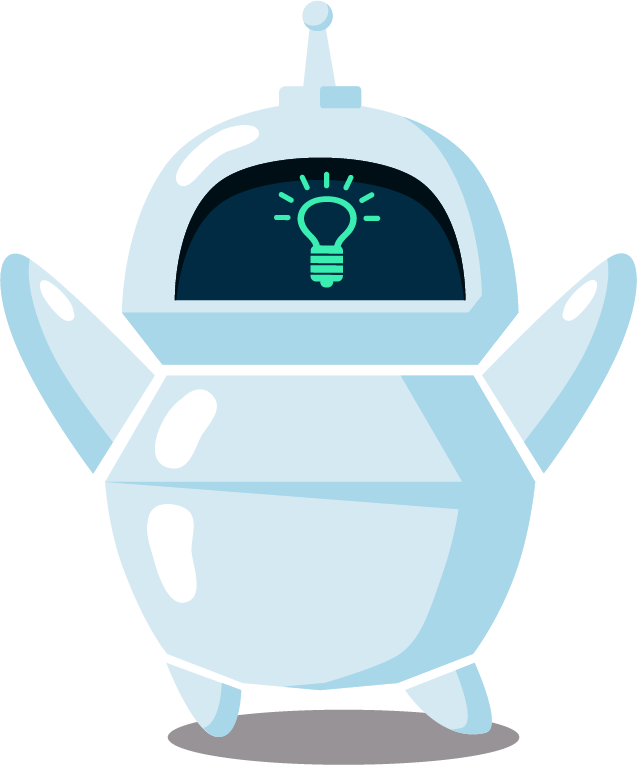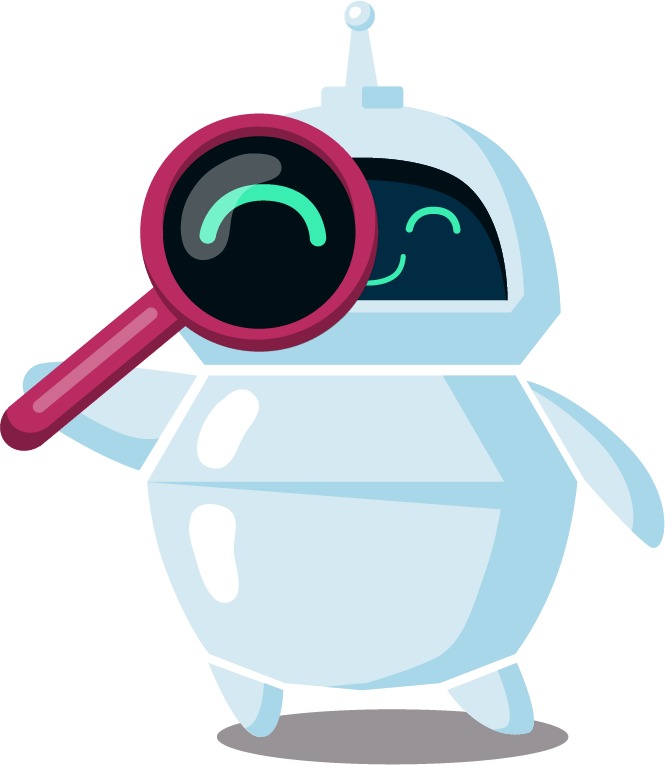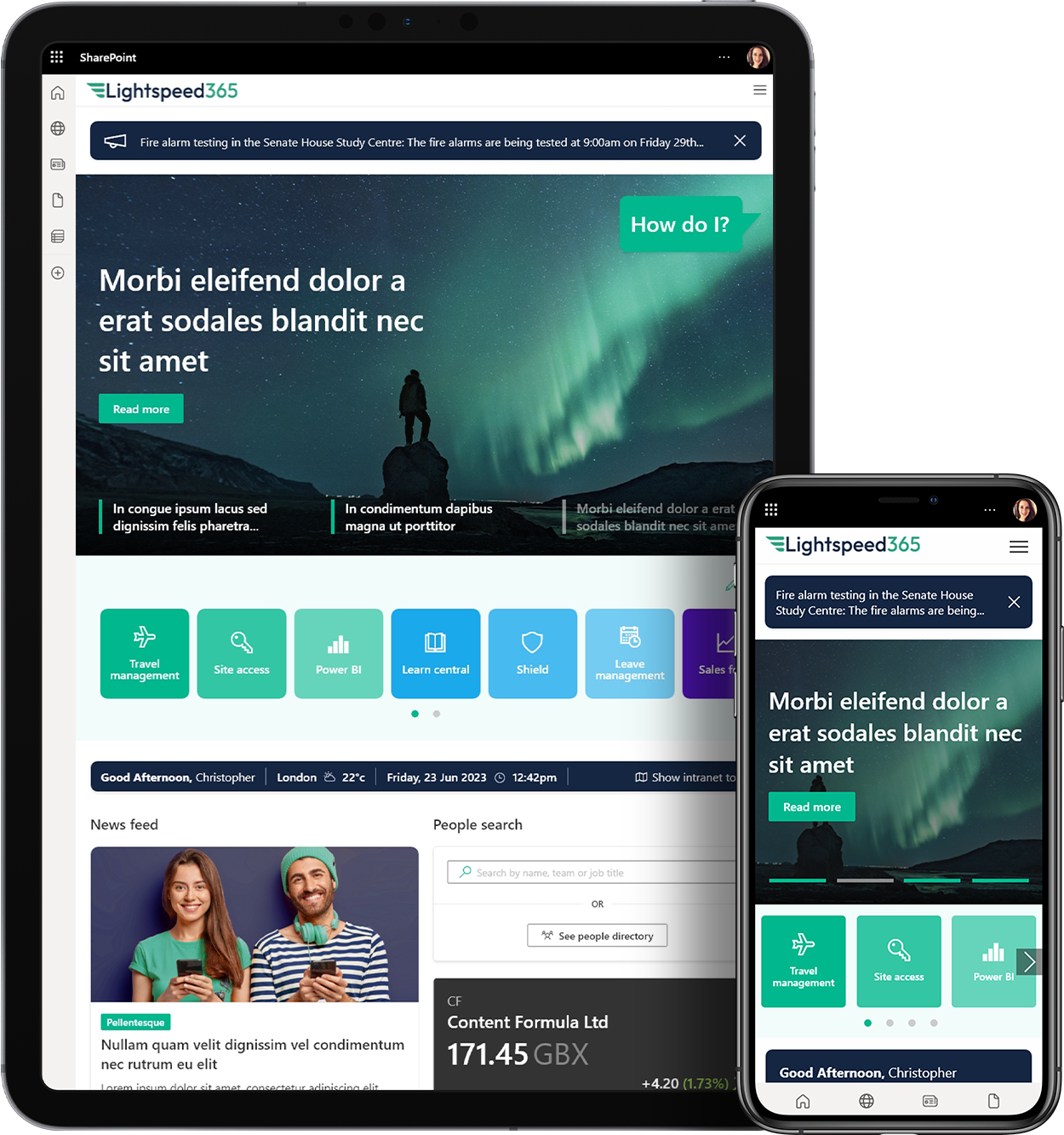Bots have long passed the novelty stage and are now delivering business value for employees; they are becoming an established part of the digital workplace and are increasingly commonplace both in commercially available products or integrated into different apps and platforms.
The number of bots is likely to increase as bot frameworks become more widely accessible and no-code or low-code solutions emerge; here, the release of Power Virtual Agents into the Microsoft 365 Power Platform is likely to be the most significant, allowing non IT-professionals and citizen developers to configure simple bots through a highly intuitive interface.
One of the great things about bots is they can be accessed through numerous different applications and platforms, but commonly are found on Microsoft Teams and even through the intranet. Here, a bot might be accessible from an intranet toolbar or even the footer. Bots usually also work well on mobile devices.
With bots becoming established in the digital workplace and employees starting to engage with them more as the user experience and business relevance improves, it is worth thinking about the different types of bots for your business and some of the associated use cases. Note that in this article we are only covering bots that are intended for employees rather than external-facing bots aimed at customers.
First, lets explore the different capabilities of bots. Note that a single bot may actually cover one or more of these capabilities.
Six types of intranet bots
1. Finding information
Most bots are set up to find information based on questions and keywords entered by users. The bot recognises information may be a on a particular topic or even connect to a wider search, such as the employee directory; bots can also return external information such as the weather. Often the bot may refine an information request by asking relevant questions to get more information, effectively refining the search based on the trigger phrase entered by the user.
 2. Forms and workflow
2. Forms and workflow
Bots can be used to request information from employees that can then trigger workflow, for example requesting annual leave or ordering business cards. Approval then might be given by a line manager. The bot can request information from the user in different ways, for exampling presenting a complete form or asking separate questions to the get the required pieces of information. This can involve different questions depending on the answers by the user given at each stage.
3. Simple transactions
Bots can usually perform simple transactions that also involve other applications or even multiple applications. For example, a bot might be able to log a ticket in an IT issue ticketing system such as Zendesk and then also send a confirmation email to the user at the same time. Simple transactions may involve integrations with different applications.
4. Triggering and tracking a process
Sometimes a bot can effectively trigger and kick off a longer process and then keep a user informed about its progress, for example either responding to further questions or even notifying them of progress. For example, if a user does logs a request with an IT helpdesk, the bot might be able to provide up to date information on the progress of the request on demand, or through notifications as different stages of progress are reached.
 5. Nudges, reminders, notifications and suggestions
5. Nudges, reminders, notifications and suggestions
Some bots will also send messages and reminders unprompted to users in their chat feed, making suggestions, remind them of actions to be carried out or notifying them about important information. The user may be able to then interact with the bot to complete an action or find out more Where a bot can add value is when it starts to make suggestions based on information about the users situation. For example, if the bot knows a user has just changed their role or business title, it might suggest an employee updates their person profile.
6. Handover to live chat
Some bots are able to be used in conjunction with live chat so, for example if an issue cant be solved by the bot and requires the attention of a human being, the bot can seamlessly handover the user to live chat for issue resolution. The agent will then be able to see the previous conversation, and also should have basic user information too, such as their location and department, all of which provide important context for resolving the issue efficiently.
Six uses cases for intranet bots
All of these bot types and capabilities either on their own, or in combination, can support some key business use cases. Lets explore six of these.
1. HR and IT helpdesk: employee self-service
Employee self-service empowers users to complete simple transactions and find out information, particularly relating to IT and HR issues. When a bot is used as the first entry point for IT or HR helpdesk questions and requests, it can help to drive self-service by linking to information to resolve issue or providing the capability to complete transactions. This takes pressure off busy IT and HR helpdesk support teams, but also makes life easier for users. For example, using a bot on your intranet or in Microsoft Teams means it should already know all your user information (Name, Location etc.) that otherwise you might have to explain over the phone to a call agent. Your issue may also be easily solved with a FAQ that the bot can send you too, again saving the user considerable time.
2. HR or IT helpdesk: automation
A bot can also help drive HR or IT helpdesk automation, for example allowing a person to make simple requests that can be carried out there and then, such as unlocking a mobile phone, changing a business title in a system, accessing a particular application, or topping up funds to pay in the staff canteen. When previously manual processes are automated via a bot they can reduce the time spent on the transaction from minutes to seconds and also reduce the chance of errors; when these efficiencies are repeated across an entire organisation the value the bot delivers is considerable.
 3. Enterprise or intranet search
3. Enterprise or intranet search
A bot can be an interesting interface for particular enterprise or intranet searching because it can help and encourage users to refine searches based on different criteria or return different types of content based on their preferences. Sometimes the advanced search screen on an intranet can be off-putting or daunting for users; it can also be impossible to use on a mobile device. A bot interface can make advanced searching more effective and also possible on a mobile device, particularly for firstline employees or those outside the office.
4. Learning and development
A bot can work very well relating to an individuals learning and development options, especially when it is integrated with a companys LMS system. For example, there is a very useful bot embedded into LMS365, a learning platform we help clients to implement. A bot can deal with simple requests and return personalised information on a persons training record, for example telling them the upcoming courses they are enrolled on or the mandatory learning they still need to complete. The bot can also help uses to query a course catalogue and then organise enrolment, also adding a calendar entry to Outlook. Bots can also deliver training suggestions and reminders.
5. Change management
A bot can effectively support change management initiatives, particularly by providing information relating to a particular initiative. For example, a bot can work very well in answering questions about an upcoming or current organizational change such as an office move or a company merger. A bot can also be used to answer questions relating to changes to remote working brought about by the current crisis.
6. Digital assistant for employee onboarding
A bot with multiple capabilities can be positioned as a digital assistant that can support employee onboarding, helping new hires orientate themselves when they first start working for a company. A bot can act as a point to ask questions and link to essential information, but also help employees complete some of the key transactions and processes that need to take place. When the bot also issues reminders, notifications and suggestions, it can also help ensure new starters complete all those tasks that need to be done at different times; these notifications will also be personalised to the individual. The bot can also be branded and even named, to make it more friendly and engaging.
We love bots!
Here at Content Formula we love bots and were getting more and more interest from clients. Bots continue to get better and better and are delivering value for both users and the digital workplace teams. If youd like to discuss how bots can work for your business, then get in touch!



 SharePoint Products
SharePoint Products

